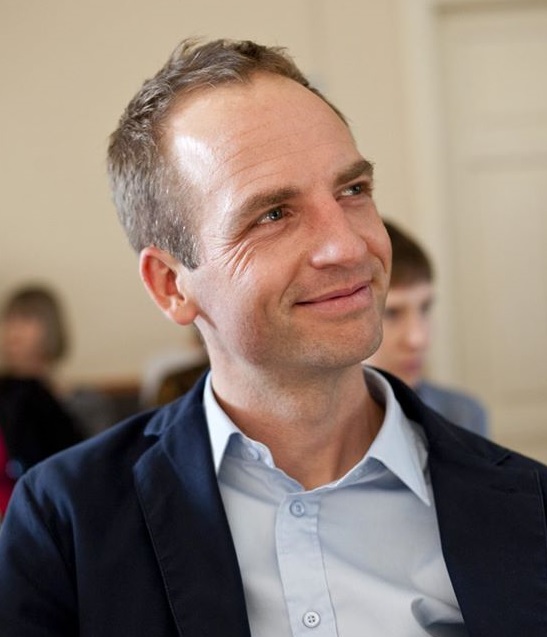Netflix has responded to complaints from senior Polish figures regarding an inaccurate map of German Nazi camps in occupied Poland used in its documentary “The Devil Next Door” by pledging to make amendments “to avoid any misunderstanding”.
Polish prime minister Mateusz Morawiecki thanked the streaming giant for its openness and willingness to find a solution to the controversy.
Komentarz w sprawie serialu ‘The Devil Next Door’ (Iwan Groźny z Treblinki). pic.twitter.com/tgg64f8avk
— Netflix Polska (@NetflixPL) November 14, 2019
Morawiecki had previously added his voice to condemnation of a map used in the documentary series, taken from a 1980s news report on the trial of the Ukrainian-American John Demjanjuk, who was accused of having been the notorious guard “Ivan the Terrible” at the Treblinka extermination camp.
The prime minister wrote to Netflix CEO Reed Hastings to complain about the “misleading map” and urge the company to make corrections to the documentary.
The map depicted a number of Second World War extermination and concentration camps, but showed the postwar borders of Poland and some other countries, while the voiceover referred to the Treblinka camp being “in Poland”, with no mention of the German occupation.
While the map in the first episode of the series got the attention, other images used in the documentary also contained inaccuracies.
The infamous map from episode 1 of @netflix's #TheDevilNextDoor is clearly not the only problematic one. This is from episode 3.
Poland didn't exist as a state during the German & Soviet occupations of 1939-45, let alone in the postwar borders that are shown https://t.co/A3DmF4GcFH
— Daniel Tilles (@danieltilles1) November 12, 2019
In a brief statement published on its Polish Twitter page, Netflix noted that it stood by the makers of the documentary, but promised to “add text to some of the maps featured in the series” within days, with the aim of making it “clearer that the extermination and concentration camps in Poland were built and operated by the German Nazi regime who invaded the country and occupied it from 1939-1945”.
Responding in a Facebook post, Morawiecki wrote that: “Mistakes do not always result from ill will, which is why it is worth talking constructively about correcting them”. The prime minister thanked Netflix and his team for their efforts “to clarify the situation and solve the problem”.
The Polish foreign affairs ministry, which had also criticised the inaccurate map, thanked Netflix for its reaction. “We are sure that historical accuracy will be essential in your future productions,” it said.
Thank you for your reaction! We appreciate that @netflix raises difficult and important topics. We are sure that historical accuracy will be essential in your future productions. https://t.co/wL9DOpdvVa
— Ministry of Foreign Affairs ?? (@PolandMFA) November 14, 2019
The dispute is the latest episode in a long-running series of controversies over terminology used in international news media that have been seen by some as unfairly distorting Poland’s role in the Second World War and the Holocaust.
Last year, the government passed a law criminalising those who falsely ascribe blame to Poland for German Nazi crimes. Parts of the legislation were later withdrawn, but the law still allows civil action against those who, even abroad, harm “the good name of the Republic of Poland or Polish nation” with regard to their history.
Phrases such as “Polish death camp” have sometimes been used to refer to camps that were built in occupied Poland by Nazi Germany during the Second World War, and of which Poles were one of the largest groups of victims.
Main image credit: Flickr / https://quotecatalog.com/

Ben Koschalka is a translator, lecturer, and senior editor at Notes from Poland. Originally from Britain, he has lived in Kraków since 2005.




















